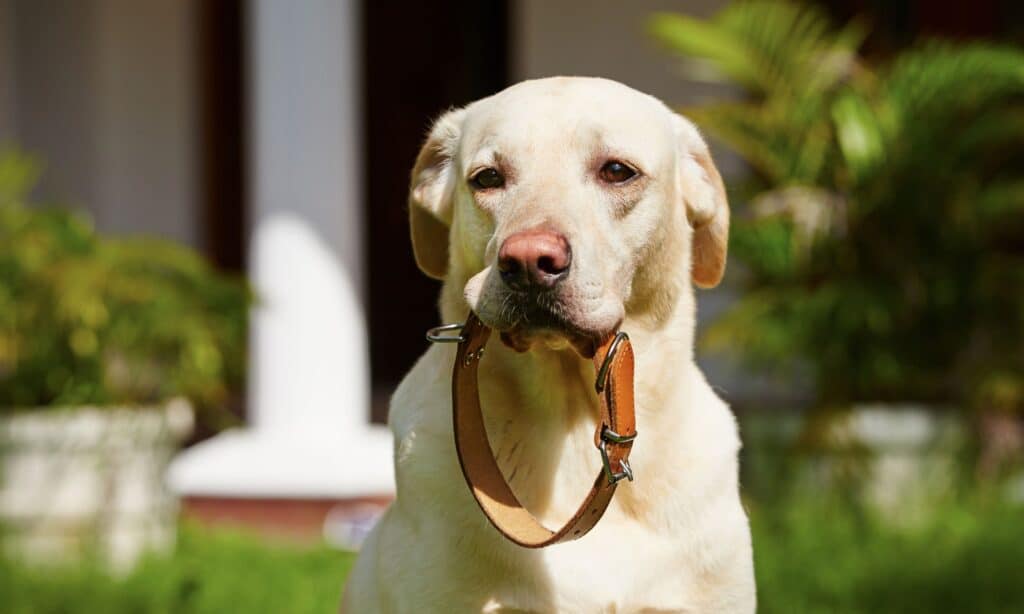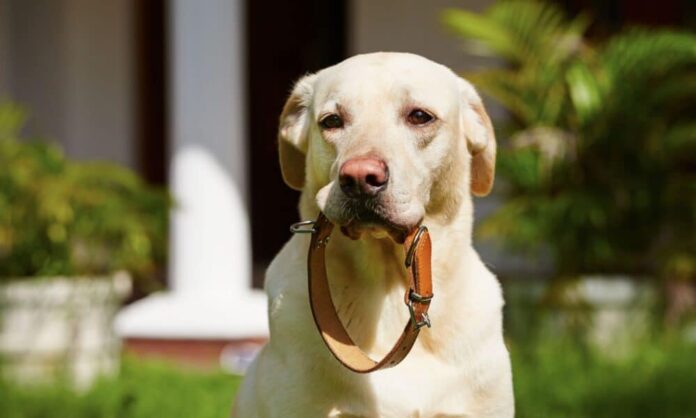The Importance of Choosing the Right Dog Collar

Dog collars are not merely accessories; they are critical tools for training, identification, and, most importantly, ensuring the safety of your pet. With a variety of collar types available on the market, understanding how to select the right one is vital for any dog owner.
Types of Dog Collars Available
There is an extensive range of dog collars you can choose from today, including:
- Traditional Collars
- Fabric Collars
- Leather Collars
- Martingale Collars
Many dog owners prefer online shopping for convenience; however, this can often lead to challenges in accurately measuring their dog’s neck size, raising the question: How tight should a dog collar be?
Understanding Your Dog’s Unique Size
Each dog is unique when it comes to breed and size, which means that neck circumference varies significantly. Additionally, the shape, style, and material of each collar can influence the fit. It is crucial to ensure that your dog is comfortable while wearing its collar.
Finding the Perfect Fit
When determining how to adjust your dog’s collar, it should not be too tight or too loose. A collar that is too tight can lead to skin irritation or even suffocation, while a loose one may allow your dog to slip its neck out, posing safety risks. Your dog should be able to breathe, eat, drink, and move its neck freely.
Using the Two-Finger Rule
A practical method for measuring your dog’s collar size is the two-finger rule:
- Using a measuring tape, measure the circumference of your dog’s neck.
- Ensure that two fingers can fit comfortably between the collar and your dog’s neck.
- You may consider adding a few centimeters for extra comfort.
Utilizing Sizing Charts
For first-time buyers, sizing charts can be invaluable. Once you have the accurate measurement, compare it against the reference sizes on the chart to ensure the collar fits perfectly. Most stores and websites provide sizing references, which are especially beneficial for online shopping where trying on is not an option. Always opt for the size that closely matches your measurement, as sizes can differ among manufacturers.
Signs of Discomfort
If you notice your dog exhibiting symptoms such as coughing, shortness of breath, or fur loss, it may indicate that the collar is ill-fitting and causing discomfort or pain. Regularly check the fit and adjust as necessary to keep your pet safe and comfortable.
In conclusion, selecting the right dog collar entails careful consideration of size, fit, and comfort. Taking the time to measure accurately and understand your dog’s needs can prevent many issues and enhance your pet’s overall well-being.












